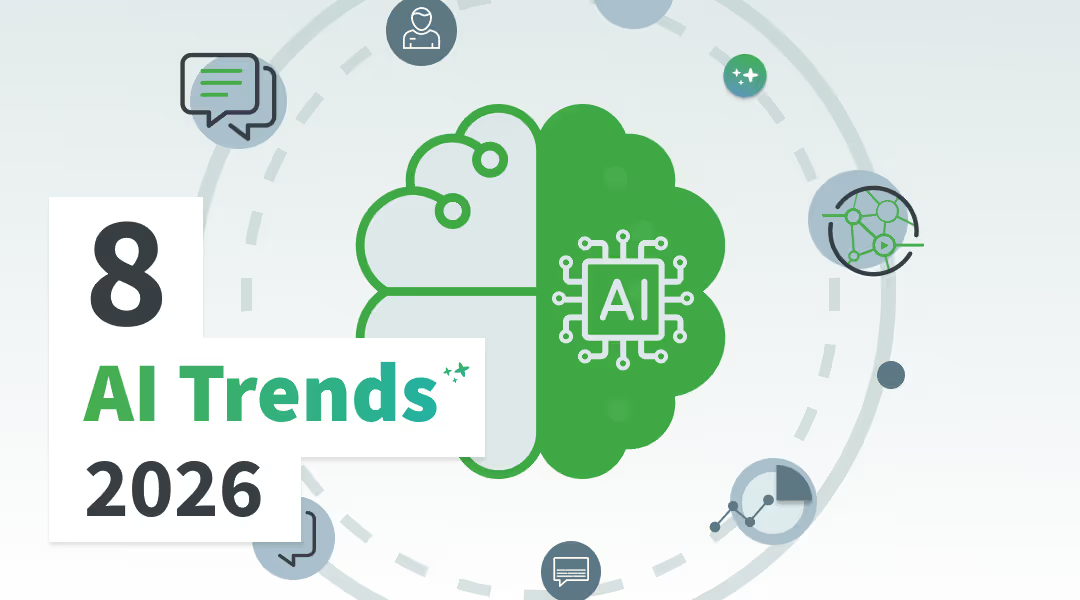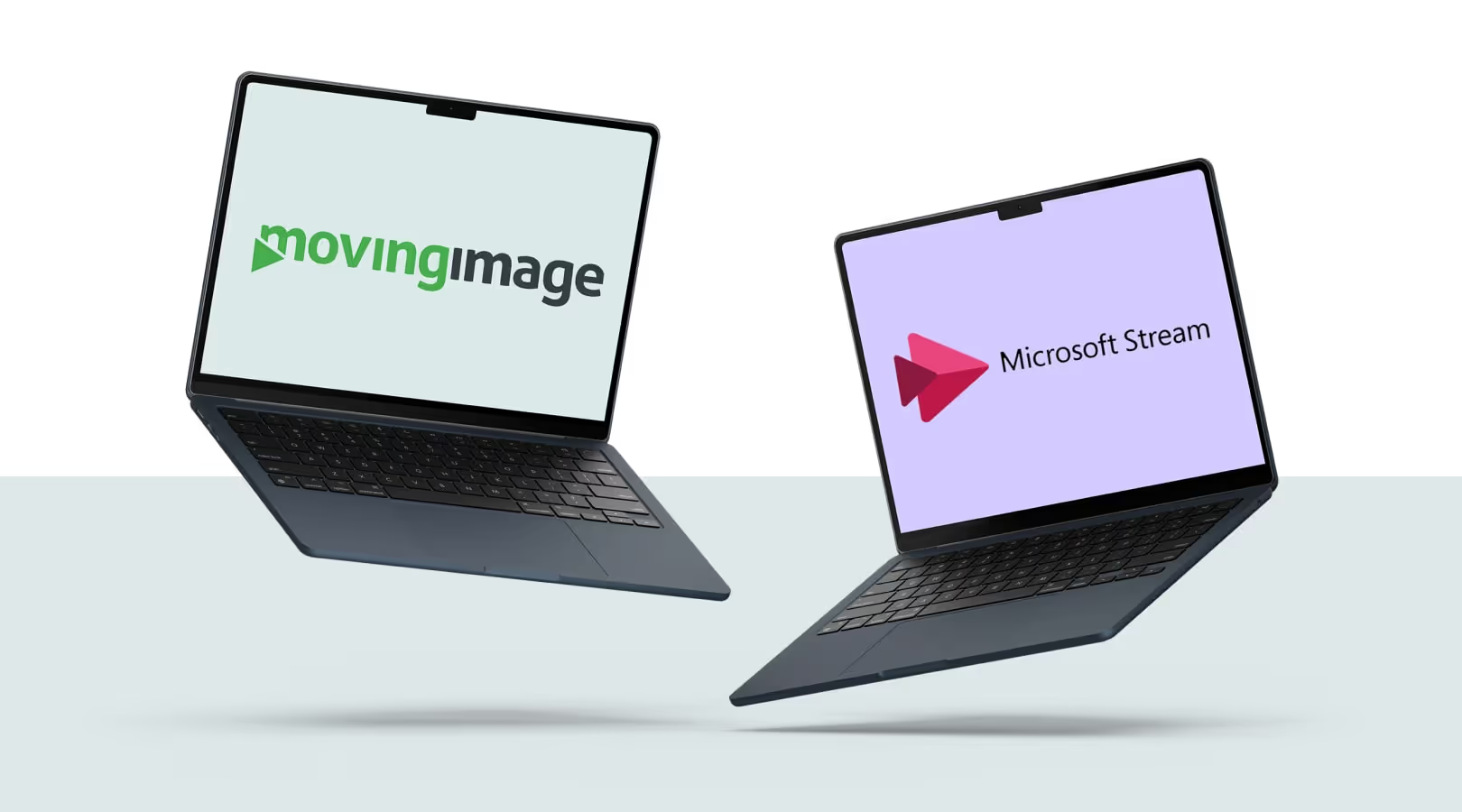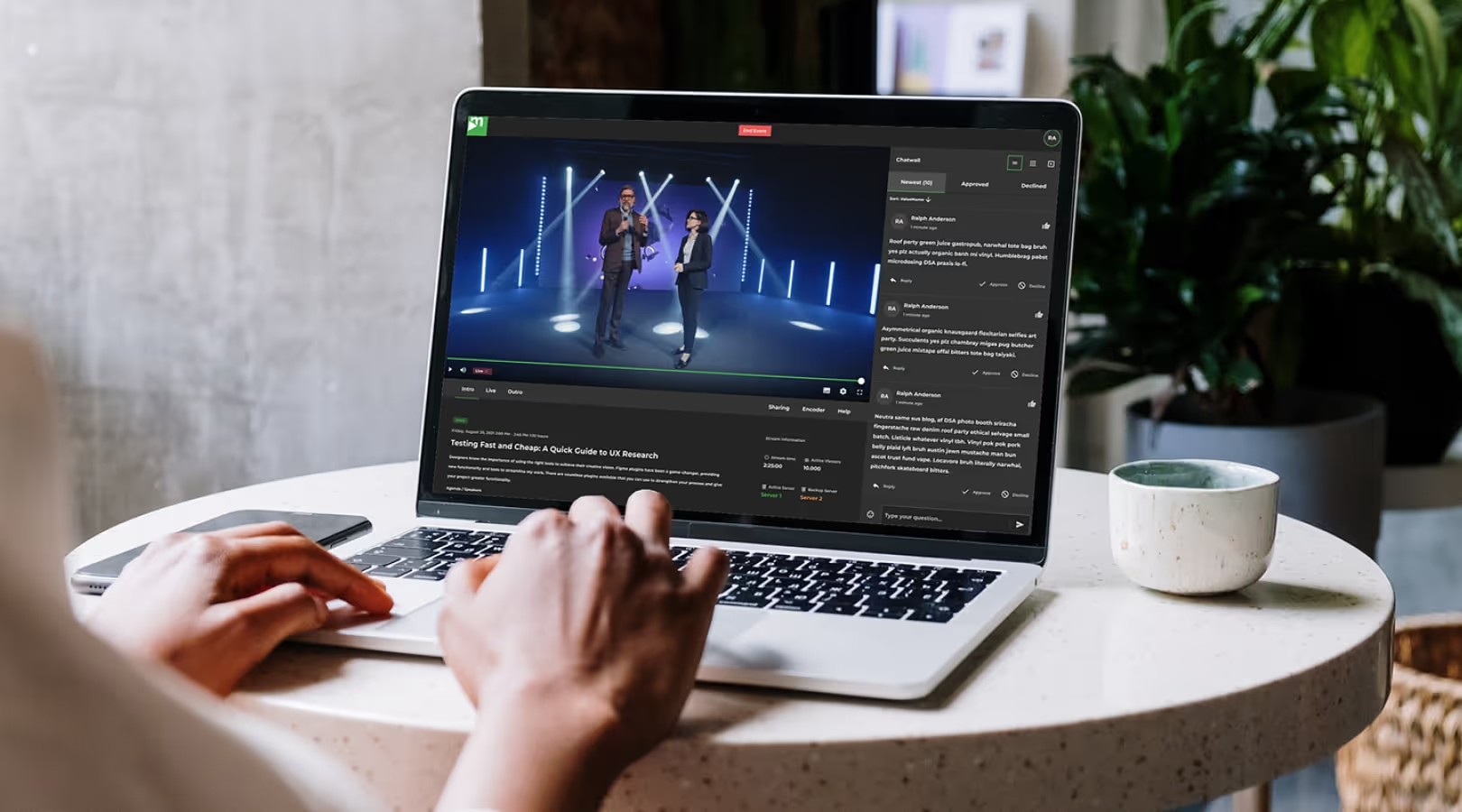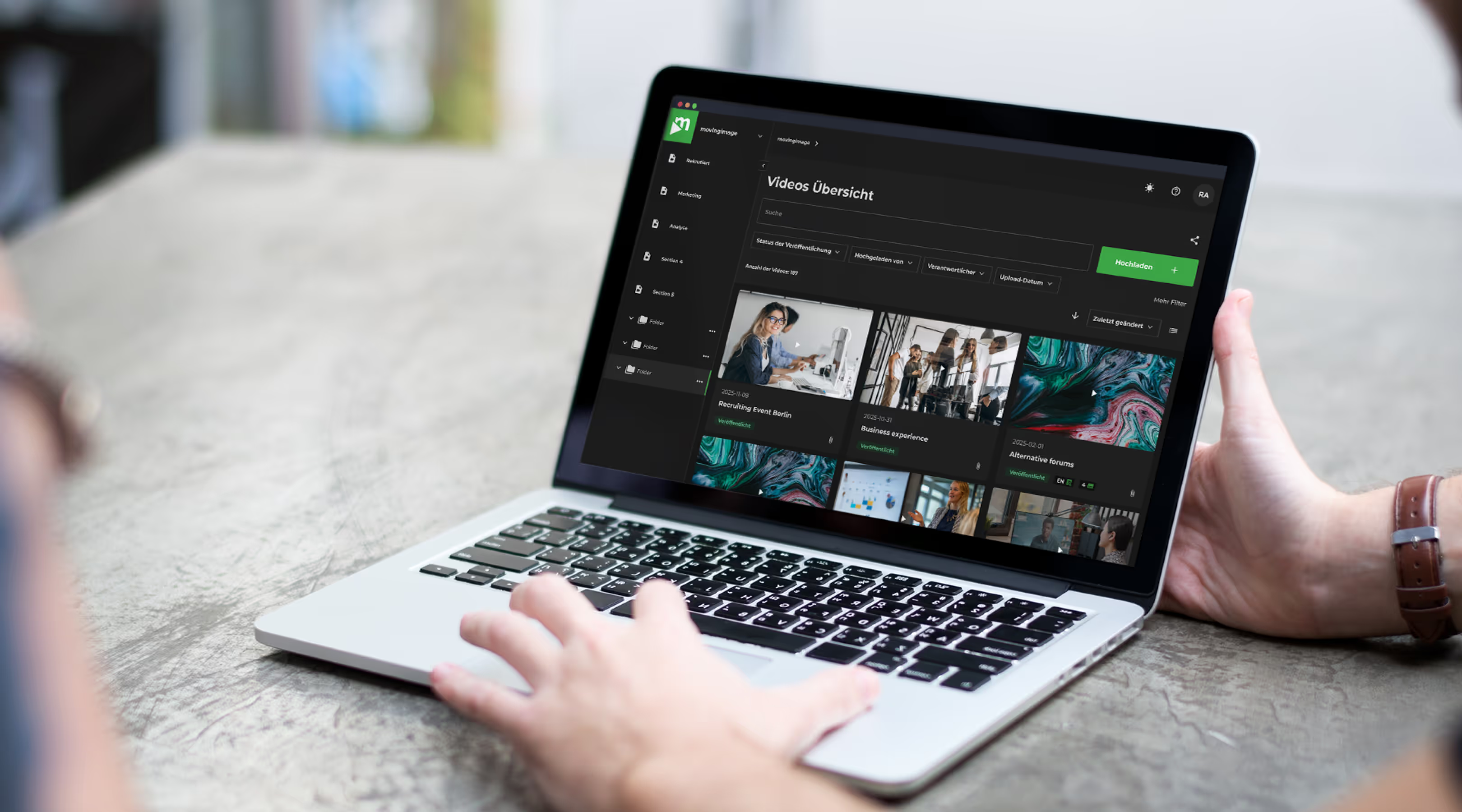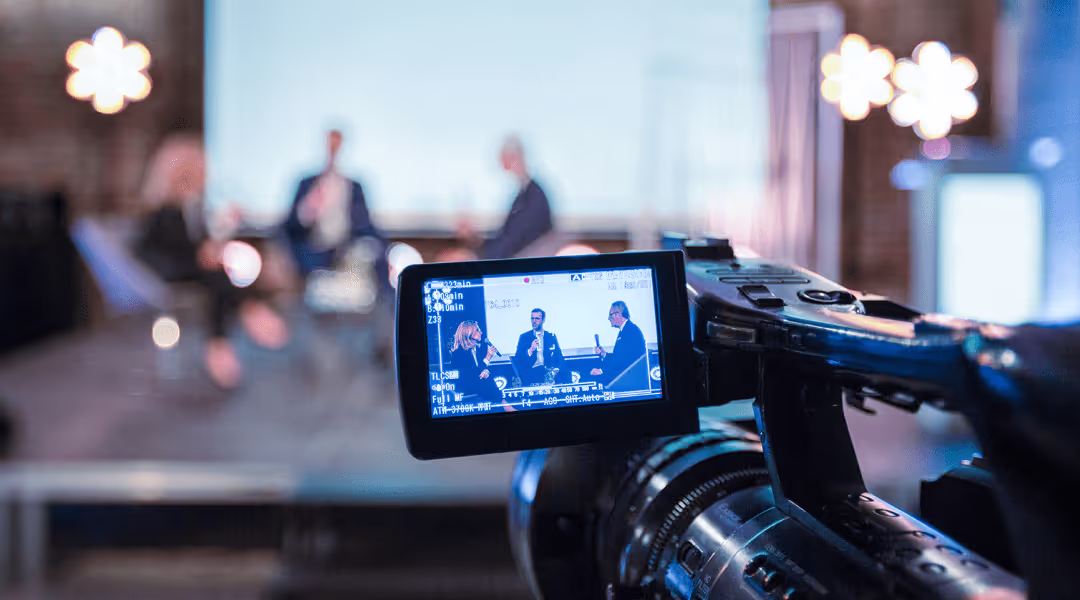How to get more out of your hybrid event data
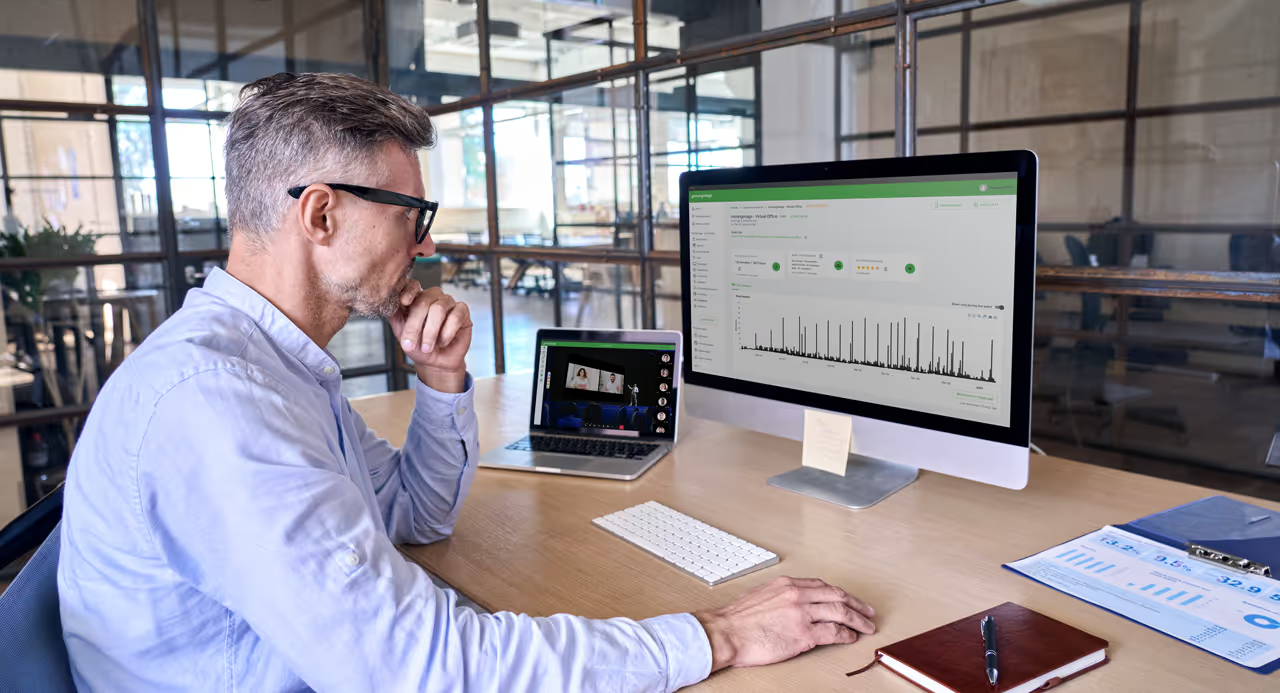
Driving your success with video

How to get more out of your hybrid event data
Why is data important for hybrid events?
By tracking data from your prospective attendees, you gain a comprehensive view of how your hybrid event is performing. This data allows you to draw key insights—such as how many people are participating, how many are attending in person, how your audience behaves, and which types of events resonate most with them.
These insights help you plan better, tailor your event more effectively to your target audience, and ultimately increase participation.
Most importantly, relevant data allows you to measure your event’s success. It shows you what to improve next time—whether that’s attracting more viewers, boosting revenue, or expanding brand awareness.
What types of data can we gather from hybrid events?
Hybrid events offer an excellent opportunity to collect a wide range of data. By combining online and offline methods, you can build a complete picture of your participants and how they engage with your event. This helps you better understand the needs and preferences of your target audience.
Some of the data you can collect from hybrid events includes:
- Number of attendees
- Types of interactions
- Pre- and post-event surveys
- Visit counts
- Submitted questions
- Lead captures
You can also collect valuable digital insights, such as:
- Website traffic for the event
- Email open rates
- Platform and app logins
- Social media activity
- Attendance and session data from breakout rooms or workshops
- Number of downloads for specific resources
All of this gives you a well-rounded view of your event’s performance—and helps you extract meaningful insights to improve future events.
3 top tips for making the most of your hybrid event data
Now that you understand why data matters and what types of data you can collect from a hybrid event, the next question is: how do you put that data to good use?
Here are our three best tips:
1. Use the right event software
A robust event platform will offer detailed reporting that helps you clearly visualize and understand the data you collect. This allows you to:
- React in real time and adjust your event on the fly
- Break down and analyze key performance metrics
- Compare costs and assess the event’s impact on your business
- Easily compare your current results with previous events
2. Focus on the most important data
The most valuable insights often come from participant engagement. If you’ve chosen the right event platform, you’ll not only have access to reporting features but also engagement scoring tools.
Engagement data shows how attendees interacted with your event. It enables you to build detailed profiles for individuals and even entire audience segments—giving you a clear view of the customer journey. From this, you can draw important conclusions and make improvements for future events.
3. Analyze the data as a team
Don’t keep your insights siloed. Review the results with your team soon after the event wraps up. Multiple perspectives will help you interpret the data more effectively—and see not just what worked, but why it worked.
Here are a few questions to guide your discussion:
- What went well, and what could be improved?
- Which marketing channels performed best—and which didn’t?
- What did you learn about your attendees?
- Which session was most (or least) well received?
- Where was participant engagement the highest?
Conclusion
Take advantage of the unique opportunity hybrid and virtual events offer—and start collecting meaningful data about your audience. This not only helps you make your events more engaging and relevant, but also allows you to improve your product or service.
Our Speakers
Why is data important for hybrid events?
By tracking data from your prospective attendees, you gain a comprehensive view of how your hybrid event is performing. This data allows you to draw key insights—such as how many people are participating, how many are attending in person, how your audience behaves, and which types of events resonate most with them.
These insights help you plan better, tailor your event more effectively to your target audience, and ultimately increase participation.
Most importantly, relevant data allows you to measure your event’s success. It shows you what to improve next time—whether that’s attracting more viewers, boosting revenue, or expanding brand awareness.
What types of data can we gather from hybrid events?
Hybrid events offer an excellent opportunity to collect a wide range of data. By combining online and offline methods, you can build a complete picture of your participants and how they engage with your event. This helps you better understand the needs and preferences of your target audience.
Some of the data you can collect from hybrid events includes:
- Number of attendees
- Types of interactions
- Pre- and post-event surveys
- Visit counts
- Submitted questions
- Lead captures
You can also collect valuable digital insights, such as:
- Website traffic for the event
- Email open rates
- Platform and app logins
- Social media activity
- Attendance and session data from breakout rooms or workshops
- Number of downloads for specific resources
All of this gives you a well-rounded view of your event’s performance—and helps you extract meaningful insights to improve future events.
3 top tips for making the most of your hybrid event data
Now that you understand why data matters and what types of data you can collect from a hybrid event, the next question is: how do you put that data to good use?
Here are our three best tips:
1. Use the right event software
A robust event platform will offer detailed reporting that helps you clearly visualize and understand the data you collect. This allows you to:
- React in real time and adjust your event on the fly
- Break down and analyze key performance metrics
- Compare costs and assess the event’s impact on your business
- Easily compare your current results with previous events
2. Focus on the most important data
The most valuable insights often come from participant engagement. If you’ve chosen the right event platform, you’ll not only have access to reporting features but also engagement scoring tools.
Engagement data shows how attendees interacted with your event. It enables you to build detailed profiles for individuals and even entire audience segments—giving you a clear view of the customer journey. From this, you can draw important conclusions and make improvements for future events.
3. Analyze the data as a team
Don’t keep your insights siloed. Review the results with your team soon after the event wraps up. Multiple perspectives will help you interpret the data more effectively—and see not just what worked, but why it worked.
Here are a few questions to guide your discussion:
- What went well, and what could be improved?
- Which marketing channels performed best—and which didn’t?
- What did you learn about your attendees?
- Which session was most (or least) well received?
- Where was participant engagement the highest?
Conclusion
Take advantage of the unique opportunity hybrid and virtual events offer—and start collecting meaningful data about your audience. This not only helps you make your events more engaging and relevant, but also allows you to improve your product or service.



.avif)


.avif)






.avif)
